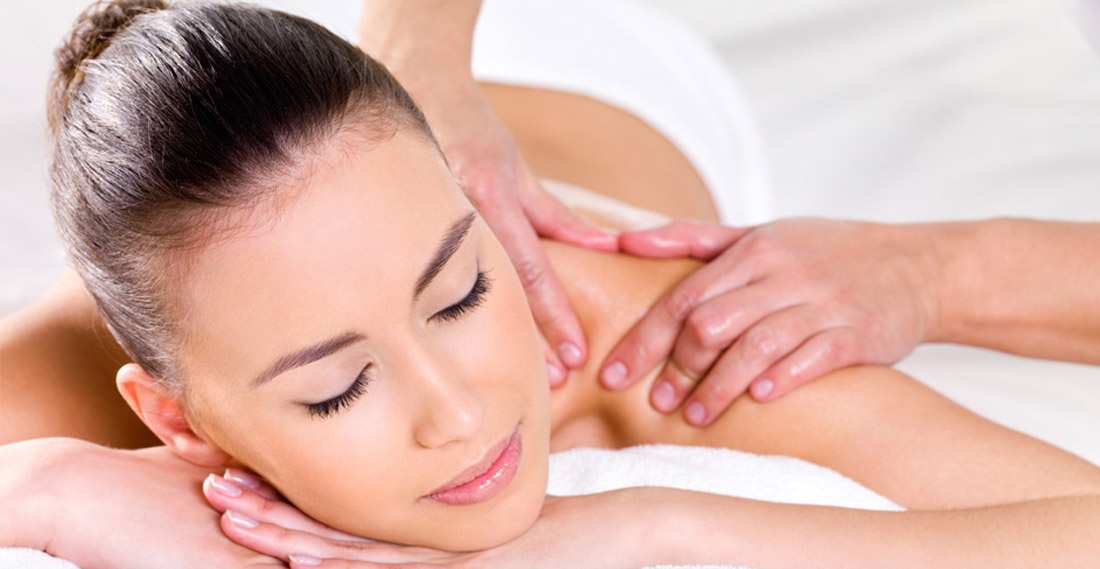Massage benefits for stroke patients Seven days of bedtime back massage, for 10 minutes each evening, significantly reduced the anxiety, pain, blood pressure and heart rate of elderly stroke patients, according to a recent study.
“The effects of slow stroke back massage on anxiety and shoulder pain in elderly stroke patients” was conducted by staff at the Hong Kong Polytechnic University Department of Nursing and Wong Chuk Hang Hospital, in Hung Hom, Kowloon, Hong Kong.
Participants were stroke patients 65 years or older, experiencing shoulder pain and not already receiving pain-relief measures. One-hundred-and-two subjects, with an average age of 73, completed the study for Massage benefits for stroke patients. They were randomly assigned to either the massage group or the control group.
Those in the massage group received 10 minutes of slow-stroke back massage before bedtime for seven evenings in a row. The massage involved slow, rhythmic stroking while the subject was either seated, leaning on a pillow, or lying prone in bed.
Subjects in the control group received standard care.
What the study for Massage benefits for stroke patients shows?
Outcome measures were self-reported anxiety and pain; systolic and diastolic blood pressure; and heart rate. These were evaluated before the massage on the first day of the study and after the massage on the last day of the study, as well as three days after the massage sessions had ended. For subjects in the control group, the outcomes were measured on day one and seven of the study, and three days later.
The State-Trait Anxiety Inventory was used to gauge participants’ anxiety levels, and the Vertical Visual Analogue Scale was used to measure pain. The research nurse measured subjects’ blood pressure and heart rates.
Results of the study of the Massage benefits for stroke patients showed that subjects in the massage group had significantly lower pain, anxiety, blood pressure and heart rate, compared to subjects in the control group. Three days after the massage had ended, these improvements were maintained among the massage recipients.
“The results of this study support the view that [slow-stroke back massage], as an alternative adjunct to pharmacological treatment, is a clinically effective nursing intervention for reducing anxiety and shoulder pain in elderly stroke patients,” state the study’s authors.
– Source:Hong Kong Polytechnic University Department of Nursing and Wong Chuk Hang Hospital, in Hung Hom, Kowloon, Hong Kong. Authors: Esther Mok and Chin Pang Woo. Originally published in Complementary Therapies in Nursing & Midwifery, 2004, Vol. 10, pp. 209-216.

